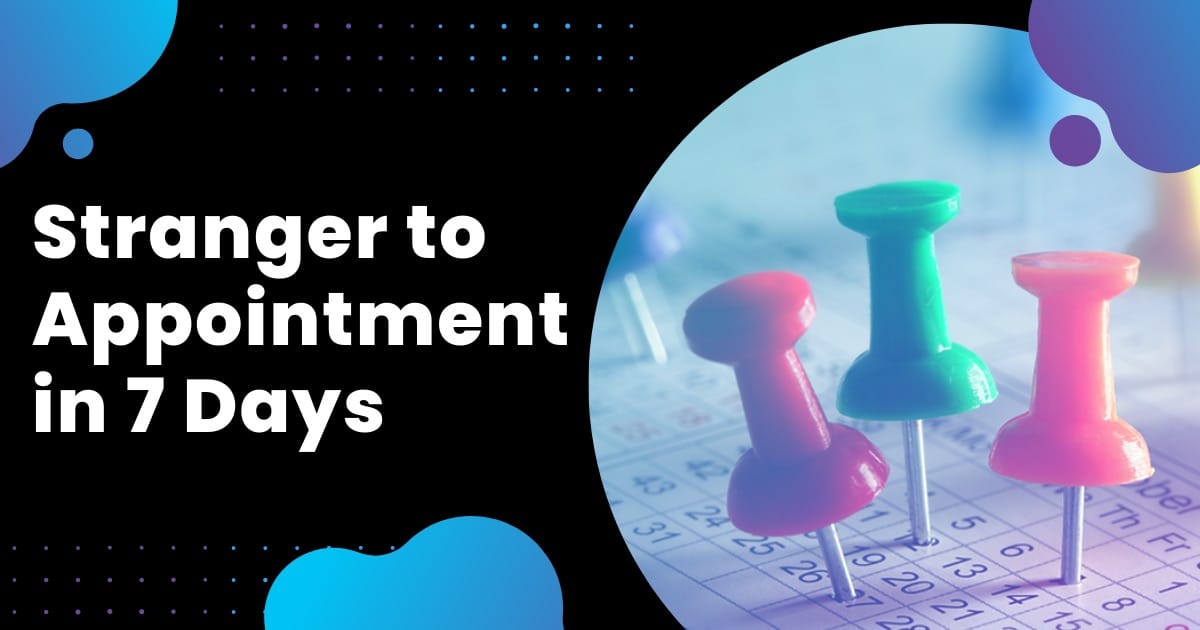The temptation for many businesses is to say their product or service would suit anyone and that is fine, but from a marketing view point it is problematic. If your product or service meets the needs of a particular demographic or group of consumers, you may be able to use & benefit from niche marketing strategies.
The smart approach is to identify your niche(s) and work out the best way to market your product or service into the niche. Afterall, If you are marketing to everyone, how do you tailor your marketing message when not everyone is the same. A shotgun approach to marketing can be very expensive and yield a very low return on investment.
There are a number of things you will need to do to set up your niche marketing strategy.
1. Identify Your Customer
There are two key questions that will get you started here:
- Who would pay for my product or service?
- Who has already bought from me?
If you have been in business for a while you may have already identified a segment that always buys your products or services. Alternatively, you may want to target additional customer demographics or perhaps you feel your product or service has evolved and you need to move into a new market.
Whether you are looking to delve deeper into the current demographic you’re dealing with or open up a new one, it is very important that you are fully aware of what the demographic is, how you will market to the demographic and if it may have any ramifications on your current market.
If there is a change in the market you are targeting then you need to be sure that you do not alienate the current market for your product or service or you are prepared for it if it is unavoidable.
This is the point where you may build a “buyer persona“. This is where you build a profile for your ideal customer(s) which may include their sex, age, income, family situation, location or anything that could affect their ability/desire to buy your product or service.
As an example, a mortgage broker may choose to build their whole business around property investors. So, in brief, their “buyer persona” may be a busy professional over 40. This individual will have equity in their home, a decent amount of superannuation and an income over $100K. As a mortgage broker you are then showing them how they could leverage the equity in their home to buy an investment property and even how they could be using a self managed super fund to invest. This “buyer persona” then in some mortgage broking companies represents at least 5 different sources of income as opposed to someone just buying a home.
So the thing to recognise is that not all buyers are the same and the approach to marketing to them will be different.
2. Selecting Your Marketing Channels
Once you have built the “buyer persona” you will be able to work out their motivations and what marketing channels will work best for them. The marketing channels may differ based on age, e.g. newspapers may not be the best approach for a younger demographic.
Generally, you will want to work out where they are at. Do they research your type of product/service before making a buying decision? Is it an impulse buy? In both these situations, industry specific publications may be a great marketing choice but I will focus more on the online channels.
As a business adapting a niche marketing approach you will want to identify where your chosen demographic hangs out. This cold mean identifying active online communities and groups that would have a direct interest in your product or service where you may have the opportunity to directly promote your product/service or you could approach the influencers in that community to introduce you.
You may also identify sites that attract your demographic as targets for display ads or you could decide that old school search engine optimisation is the approach (and it may be if you pick your niche properly).
3. Work Out Your Communication & Content Strategy
Having identified your target demographic and your marketing channels, this will then inform your communication and content strategy. Everything you produce will be based around these, from the tone of the communication, the type of information that is being produced and how it is distributed.
This will take discipline & planning. You will need to identify:
- Who is responsible for content production
- Who will be responsible for publishing of the material
- Who is responsible for syndicating the material to the different channels (e.g. an article should be published in your blog and then shared to social media so people come back to your site to read it)
- Who is responsible for tracking the engagement with the material
- Who is responsible for maintaining the content (and updating it if required)
While this is a brief overview of establishing a niche marketing strategy, you can see that it will take some time to establish and maintain. However, if done correctly it will establish you as an authority in the niche of your choice which will have a flow on effect that brings in your more ideal client that understands that you are a niche authority and is more likely to buy from you for that reason.
If you would like to consult and work with us to establish your niche marketing strategy then contact us to find out how we can help










